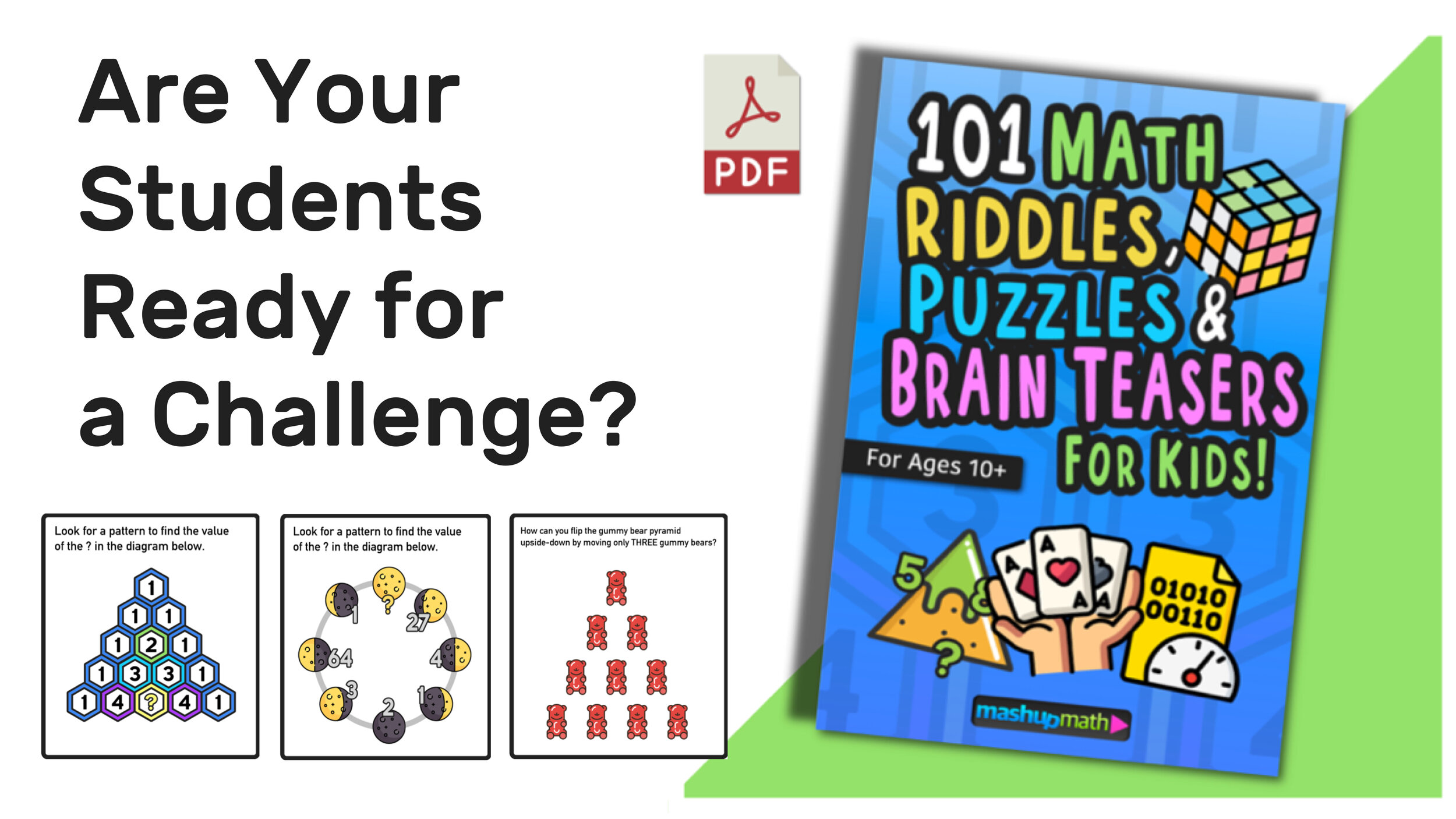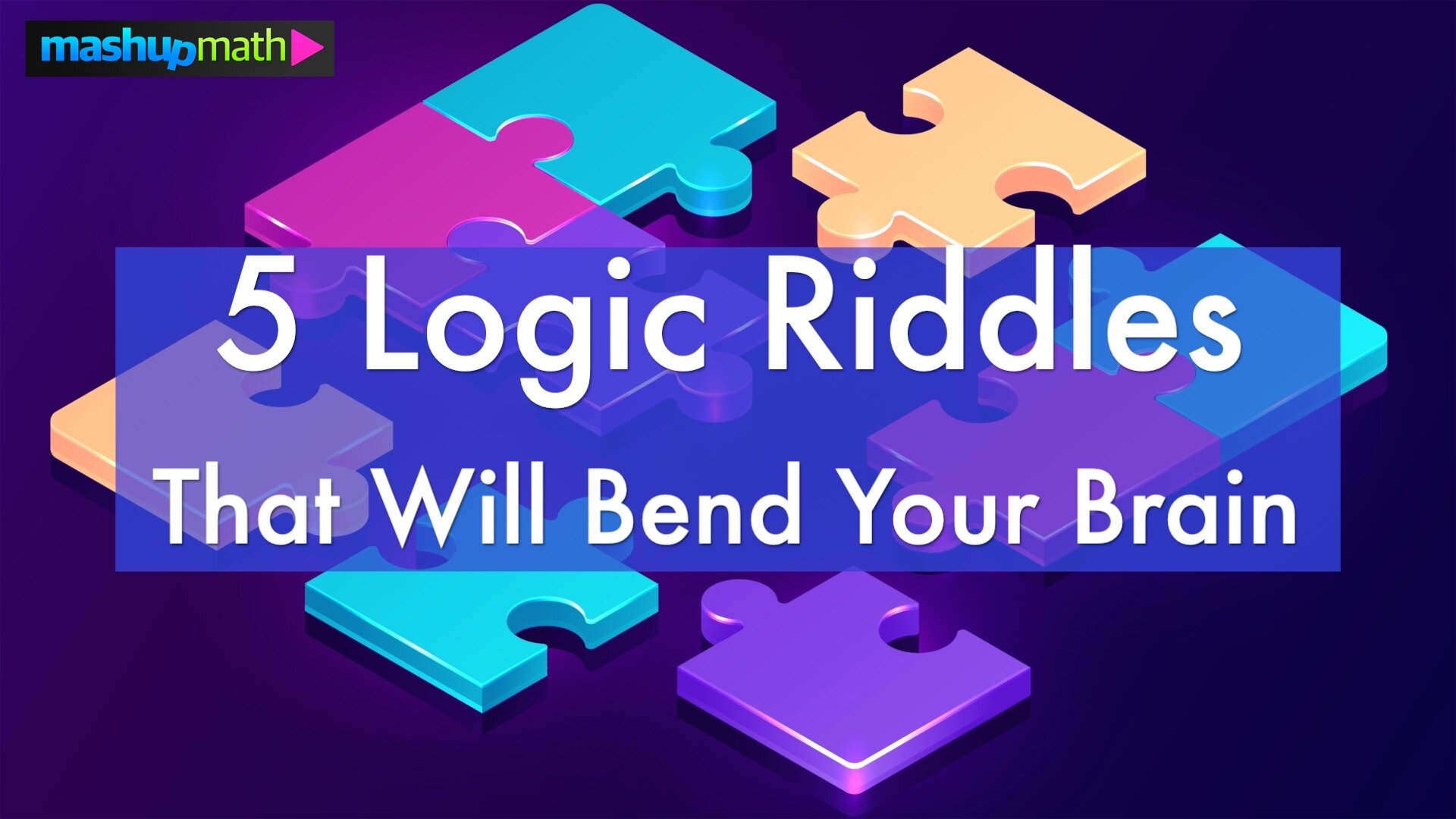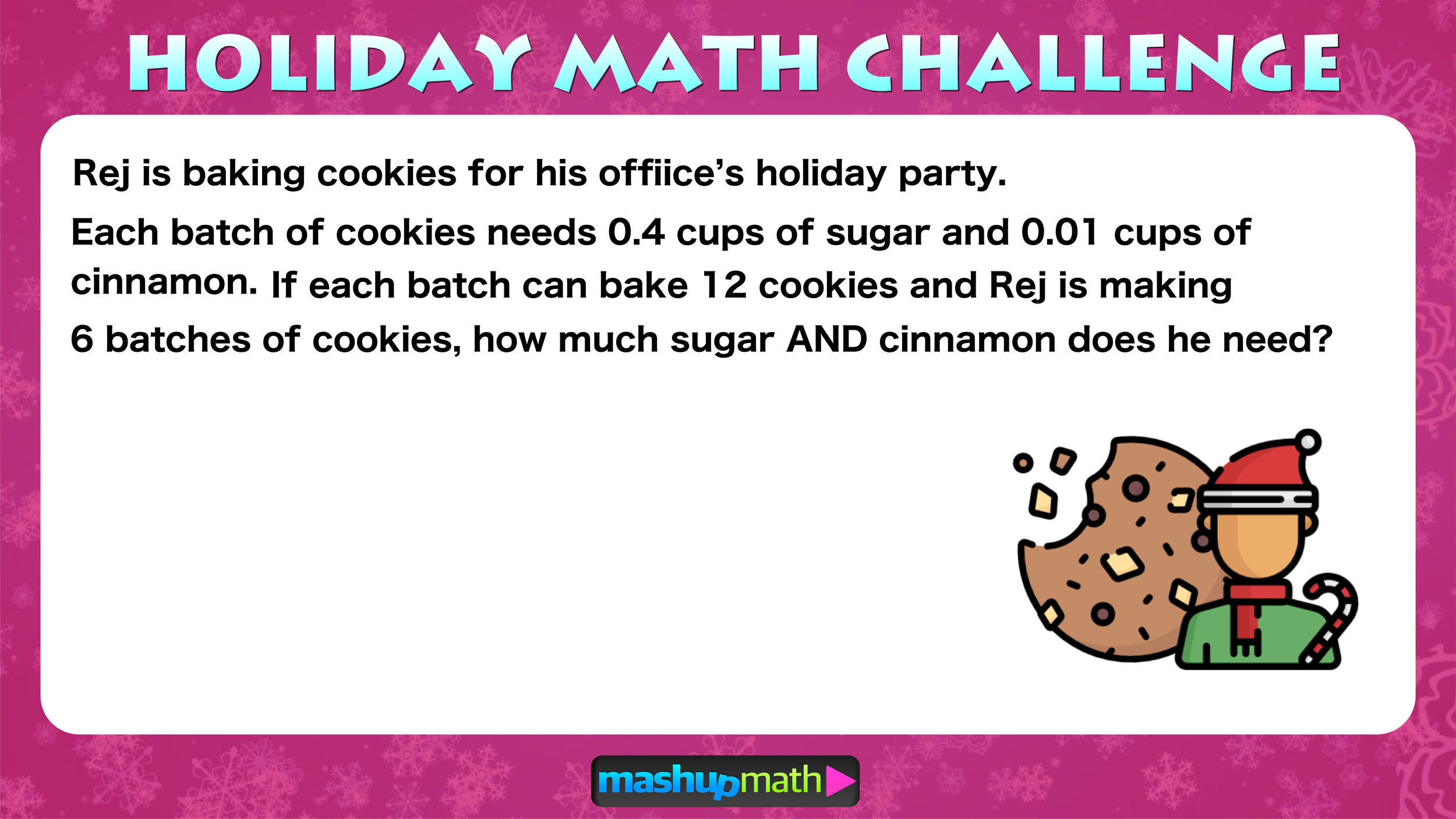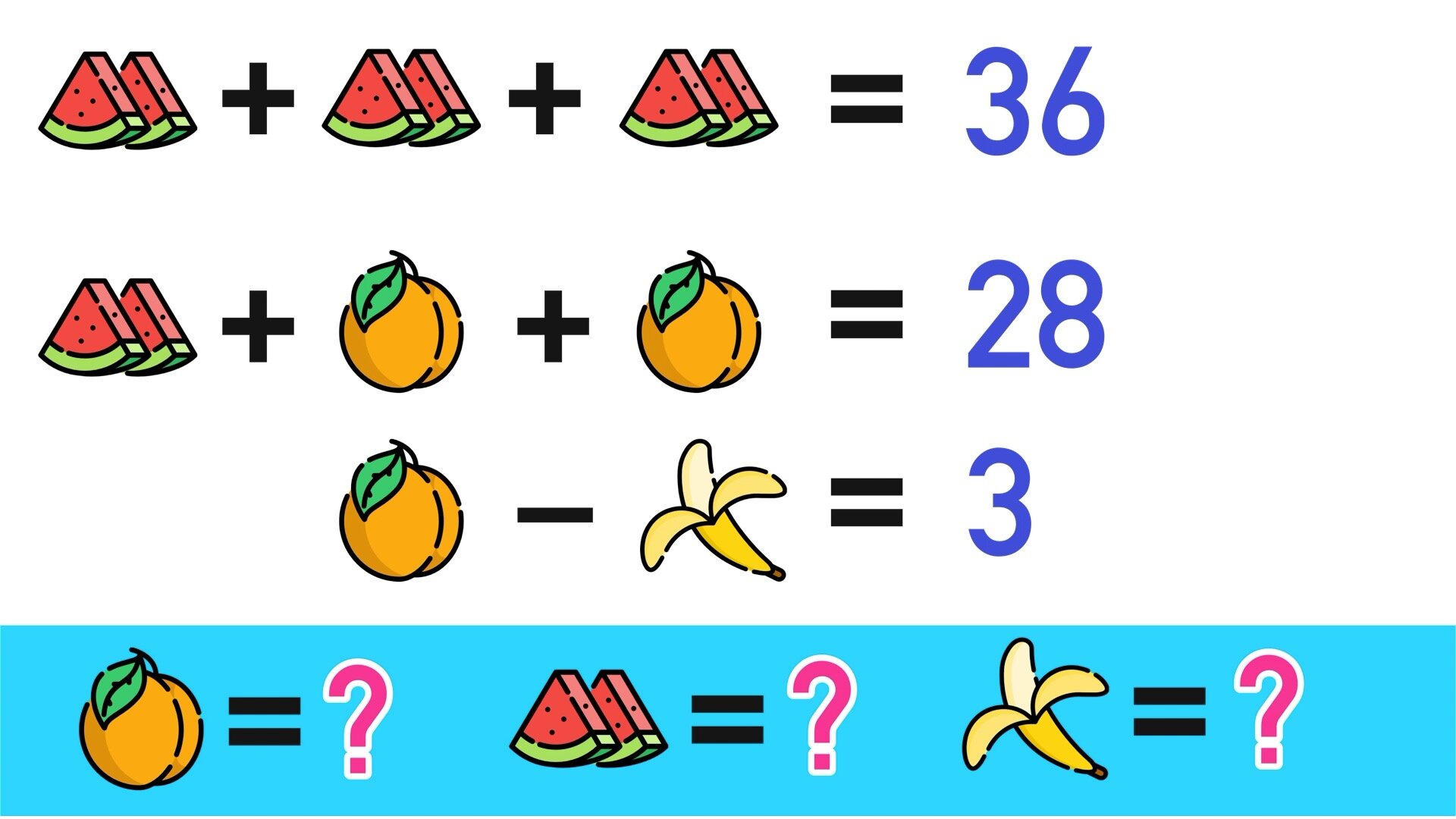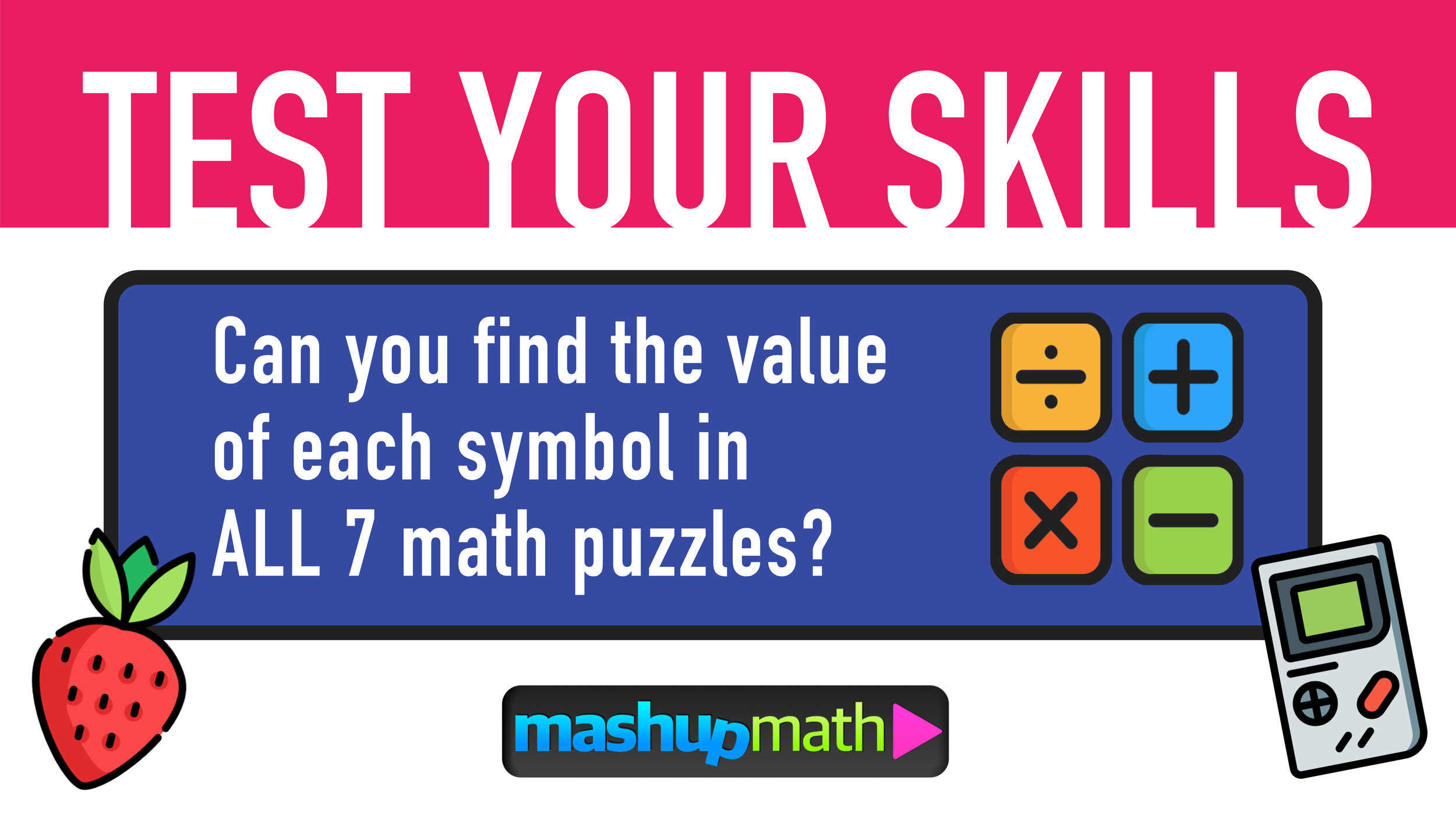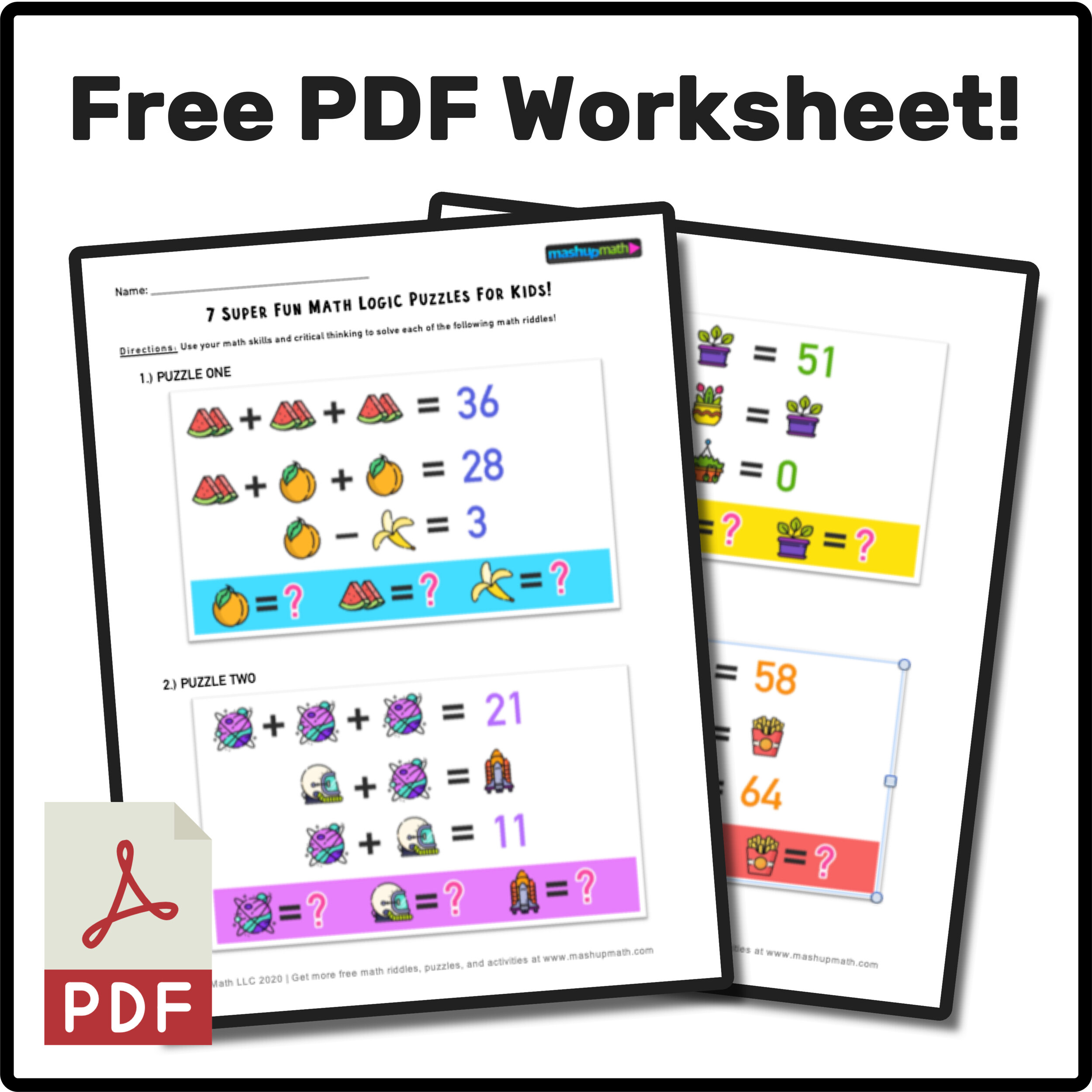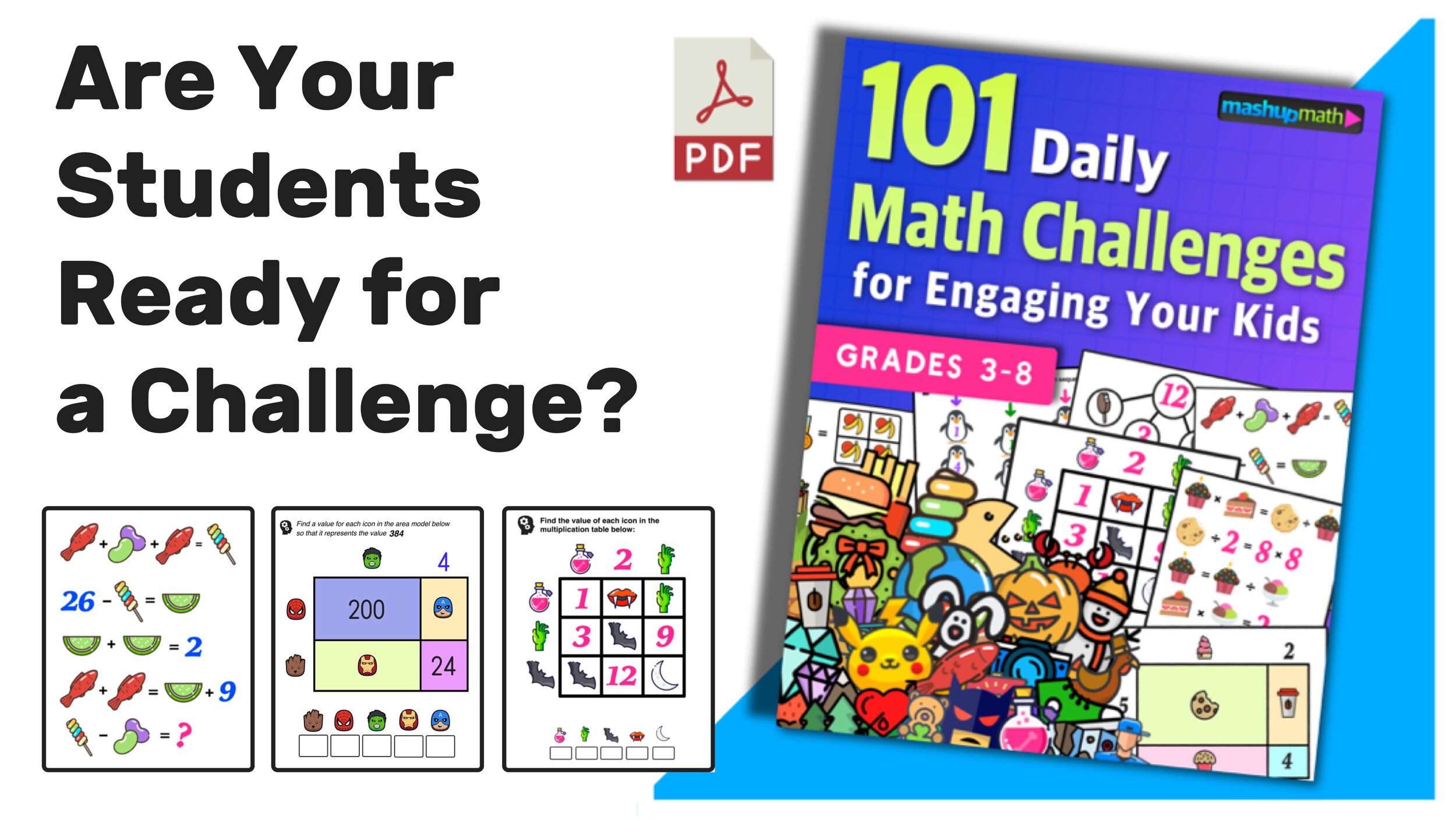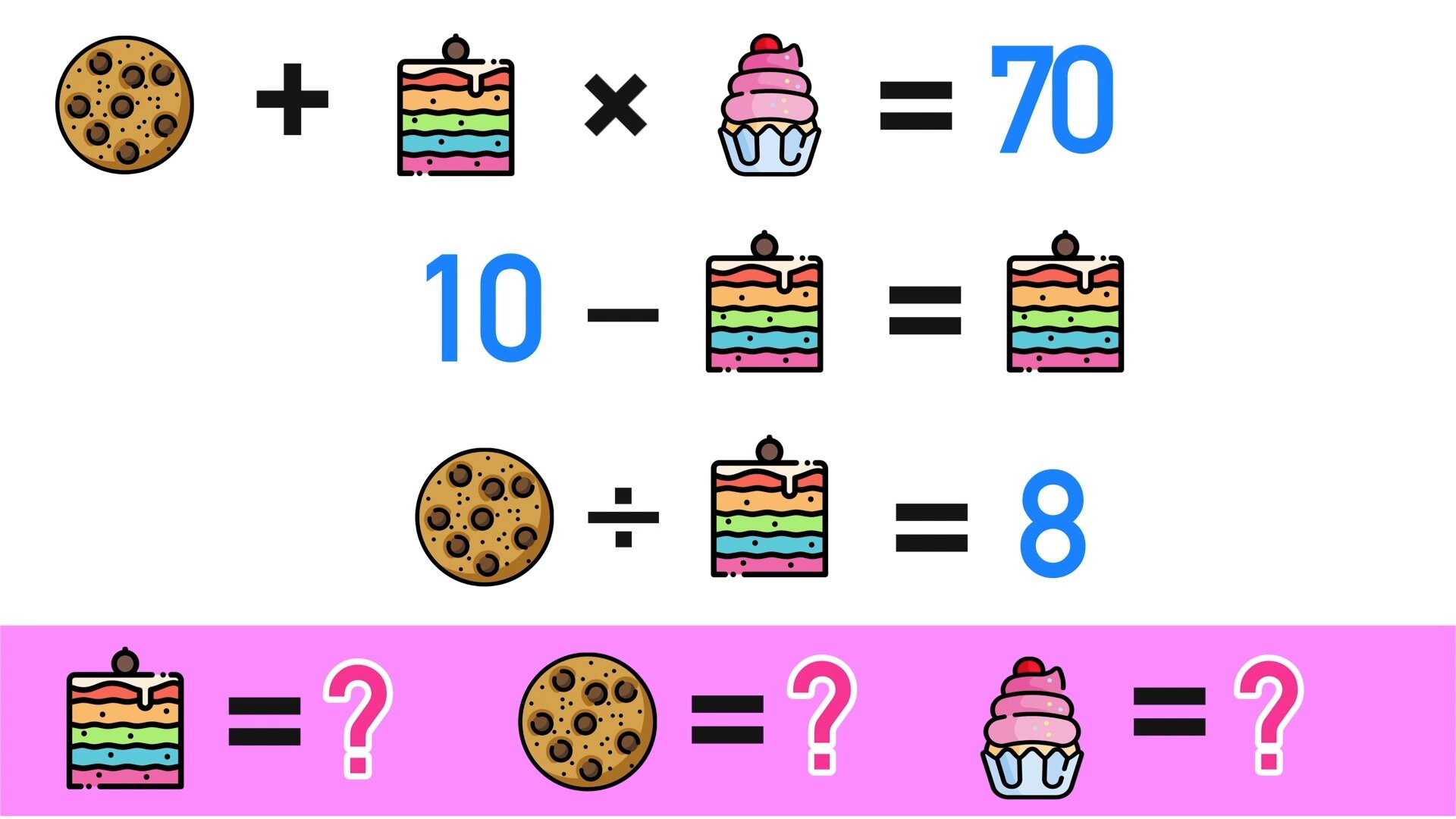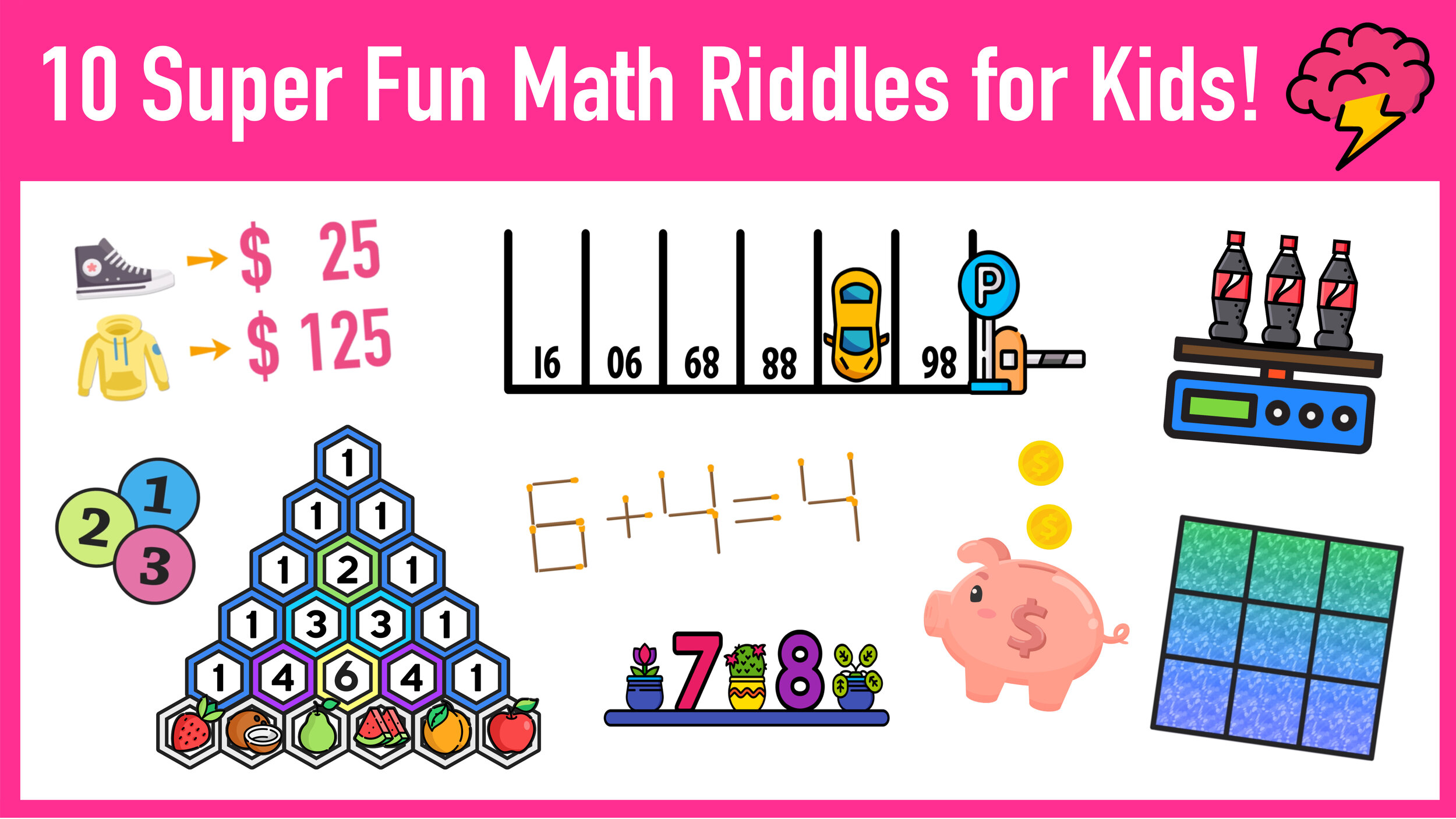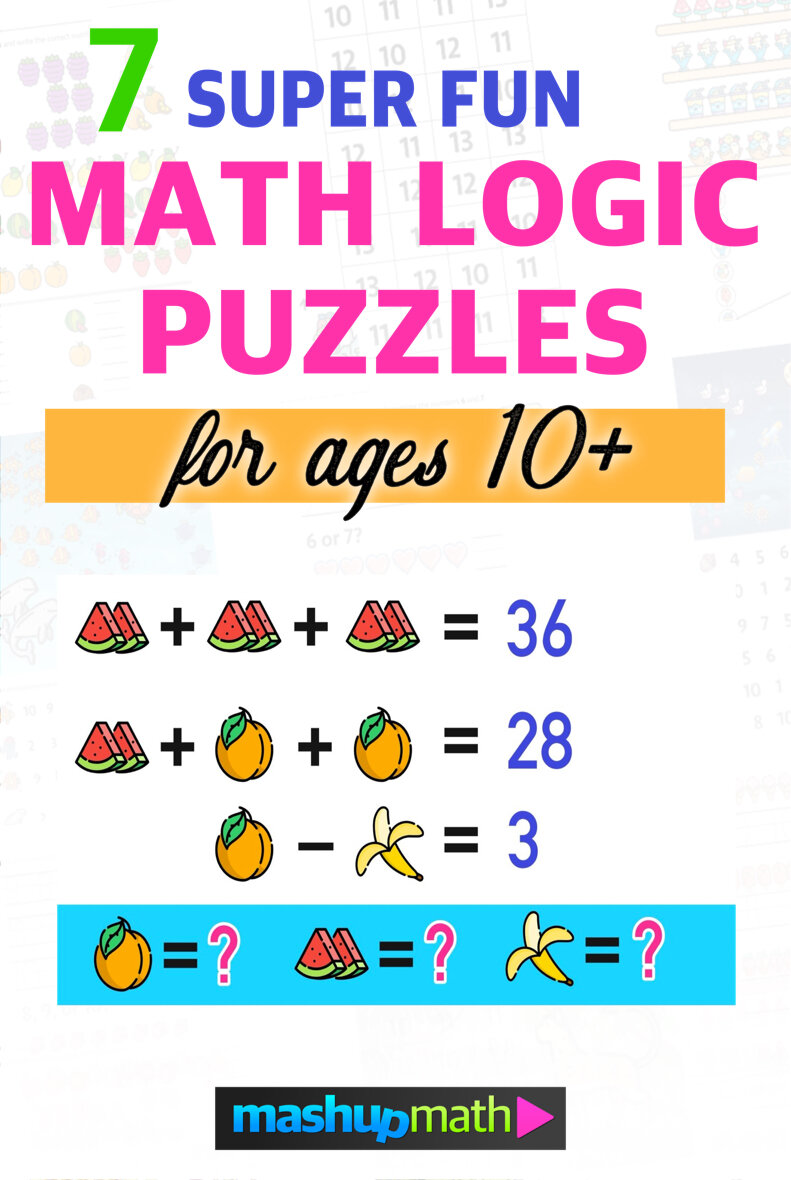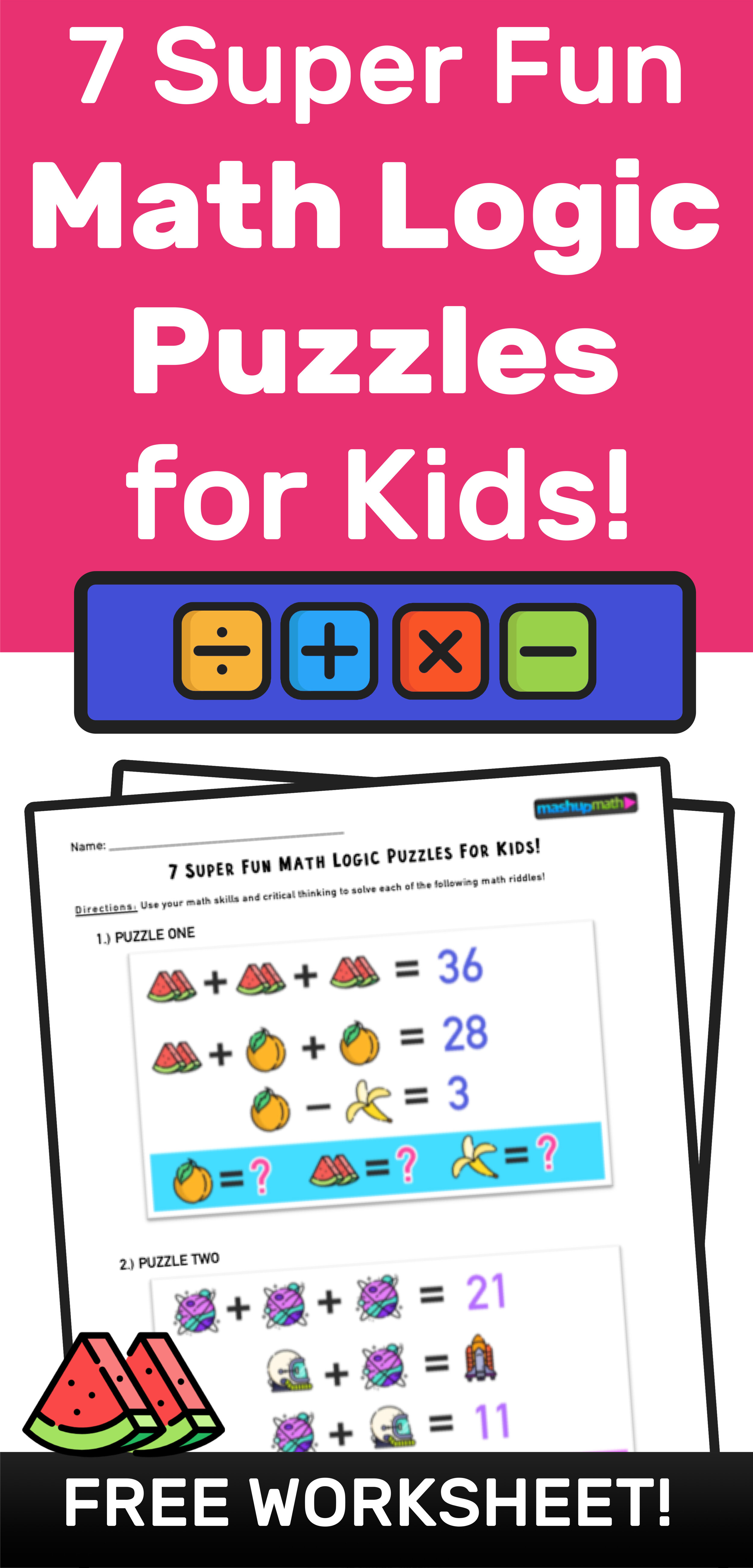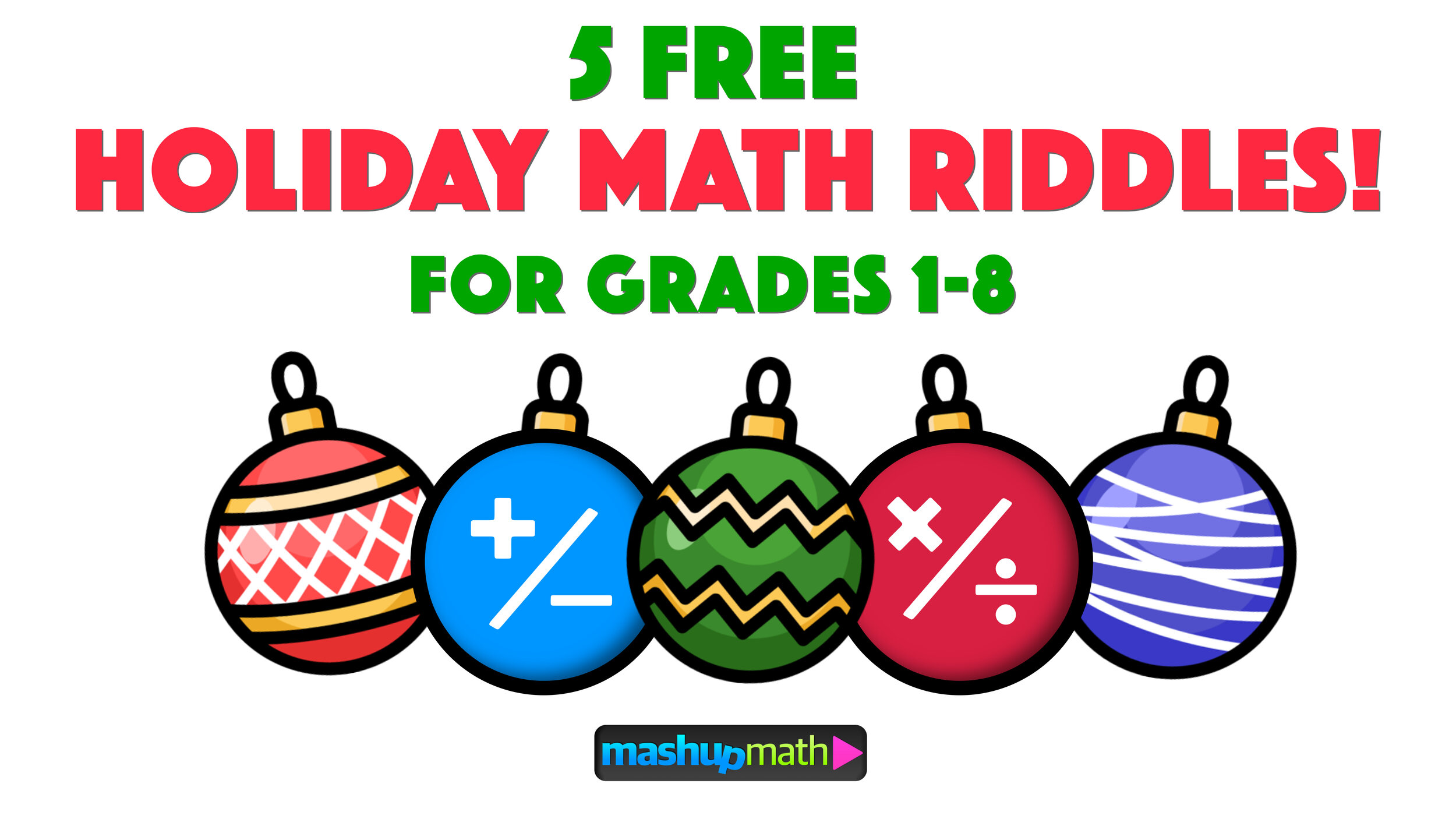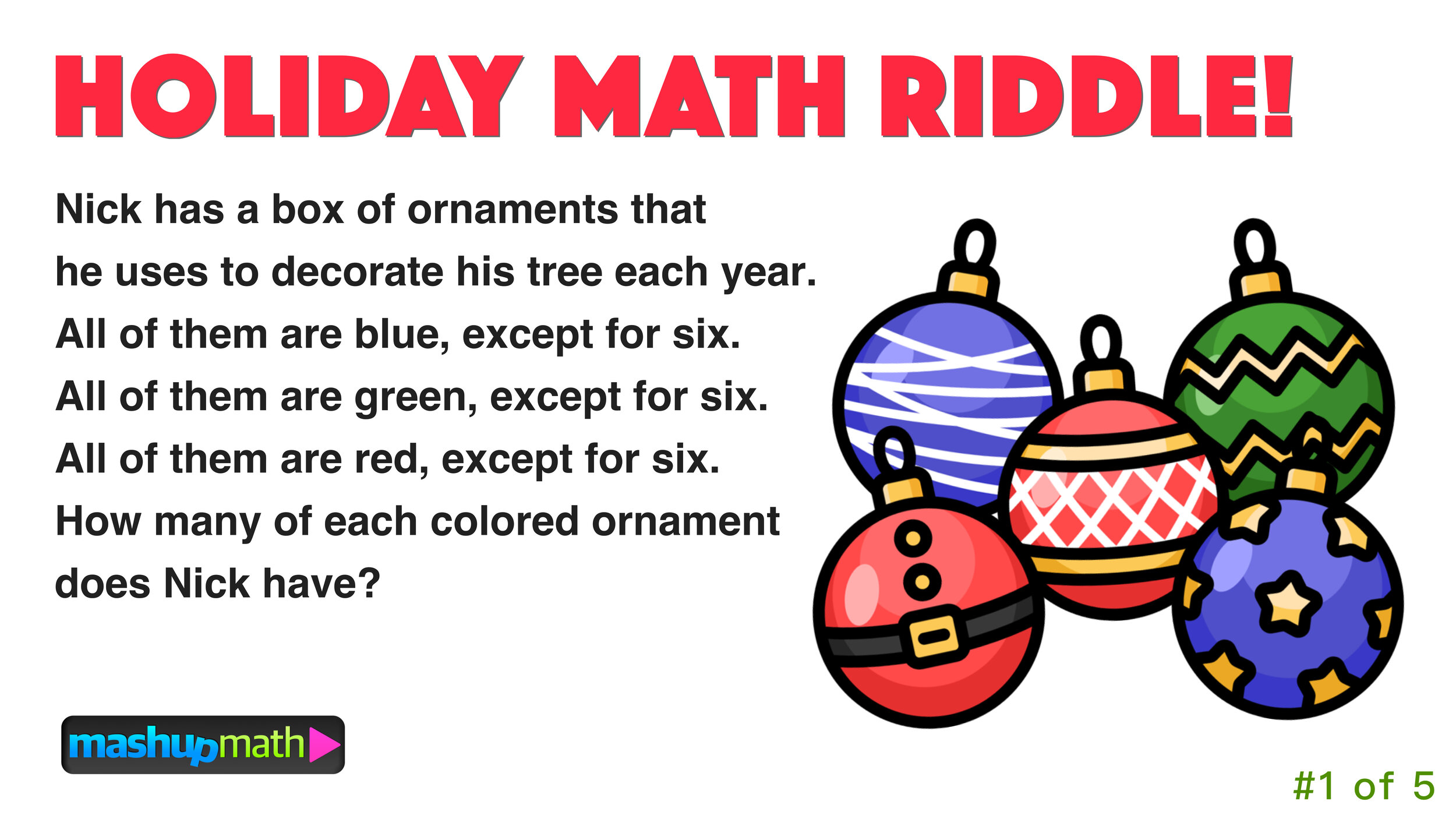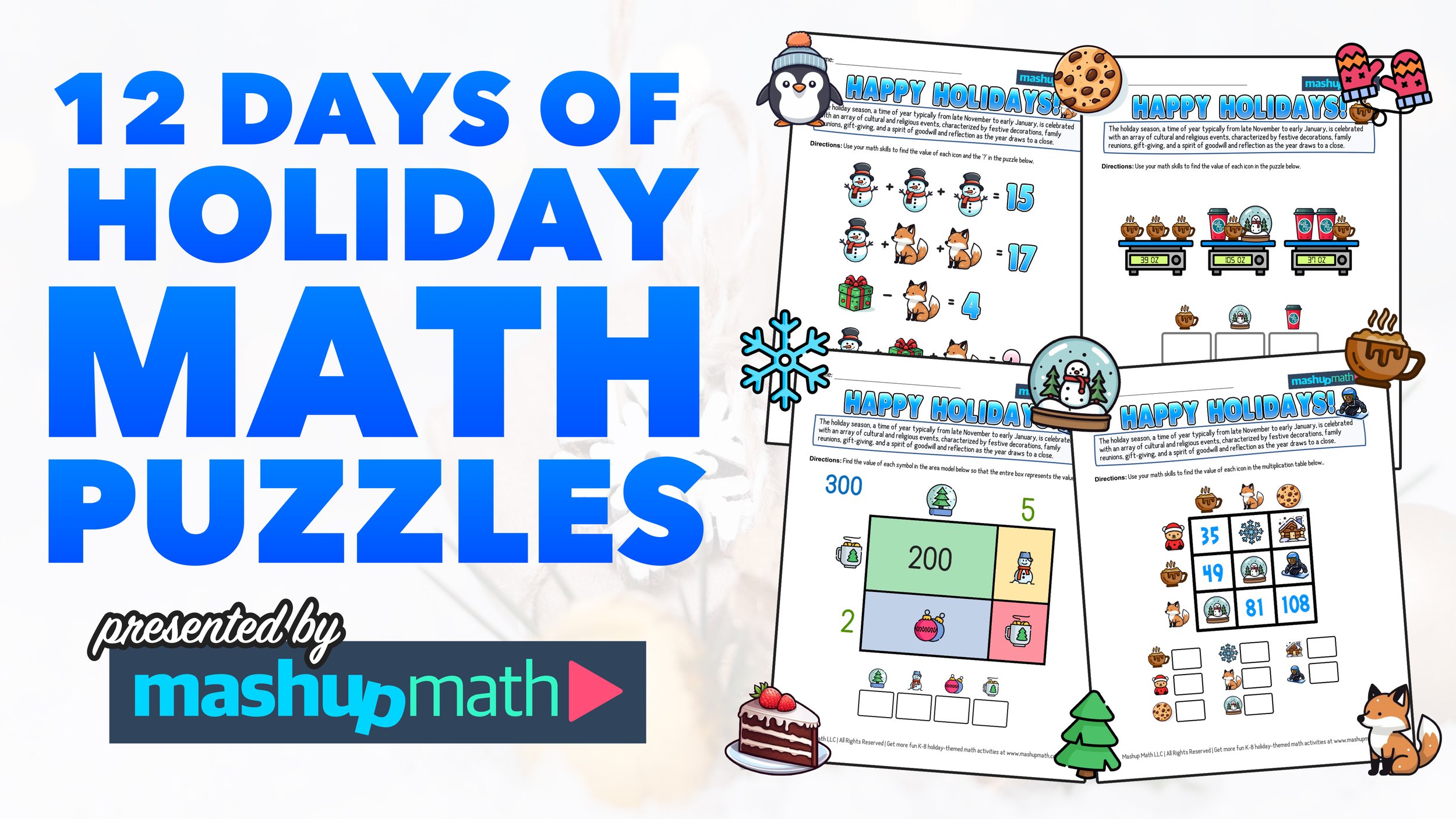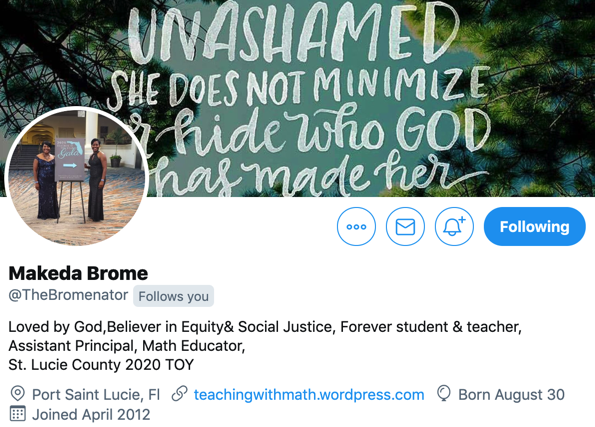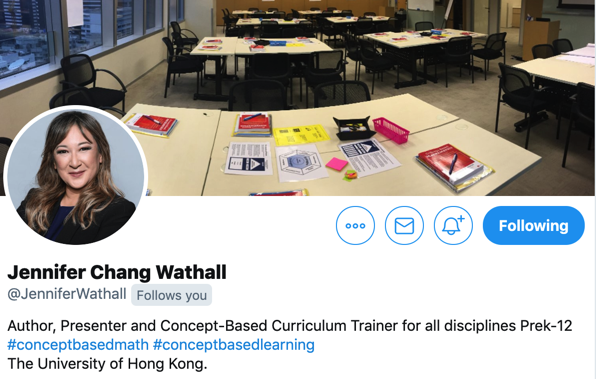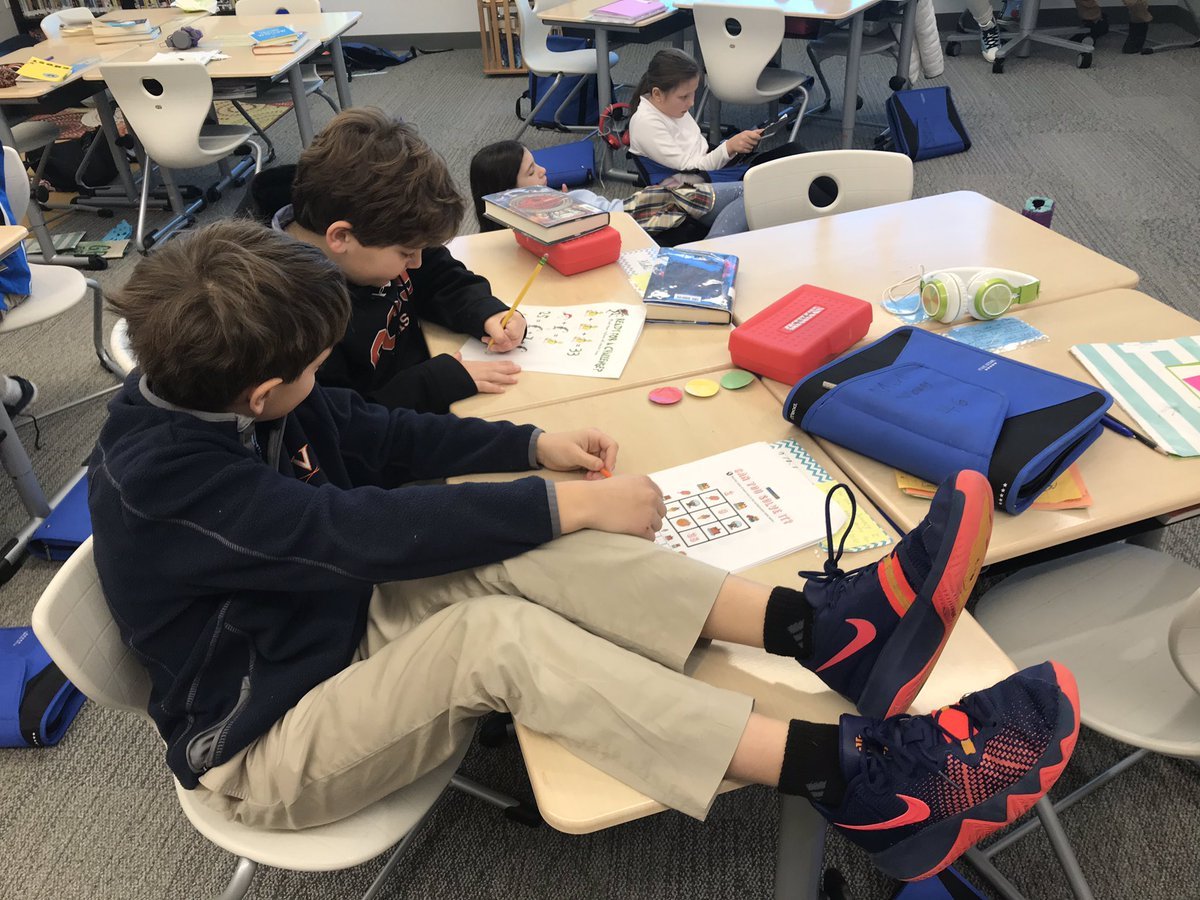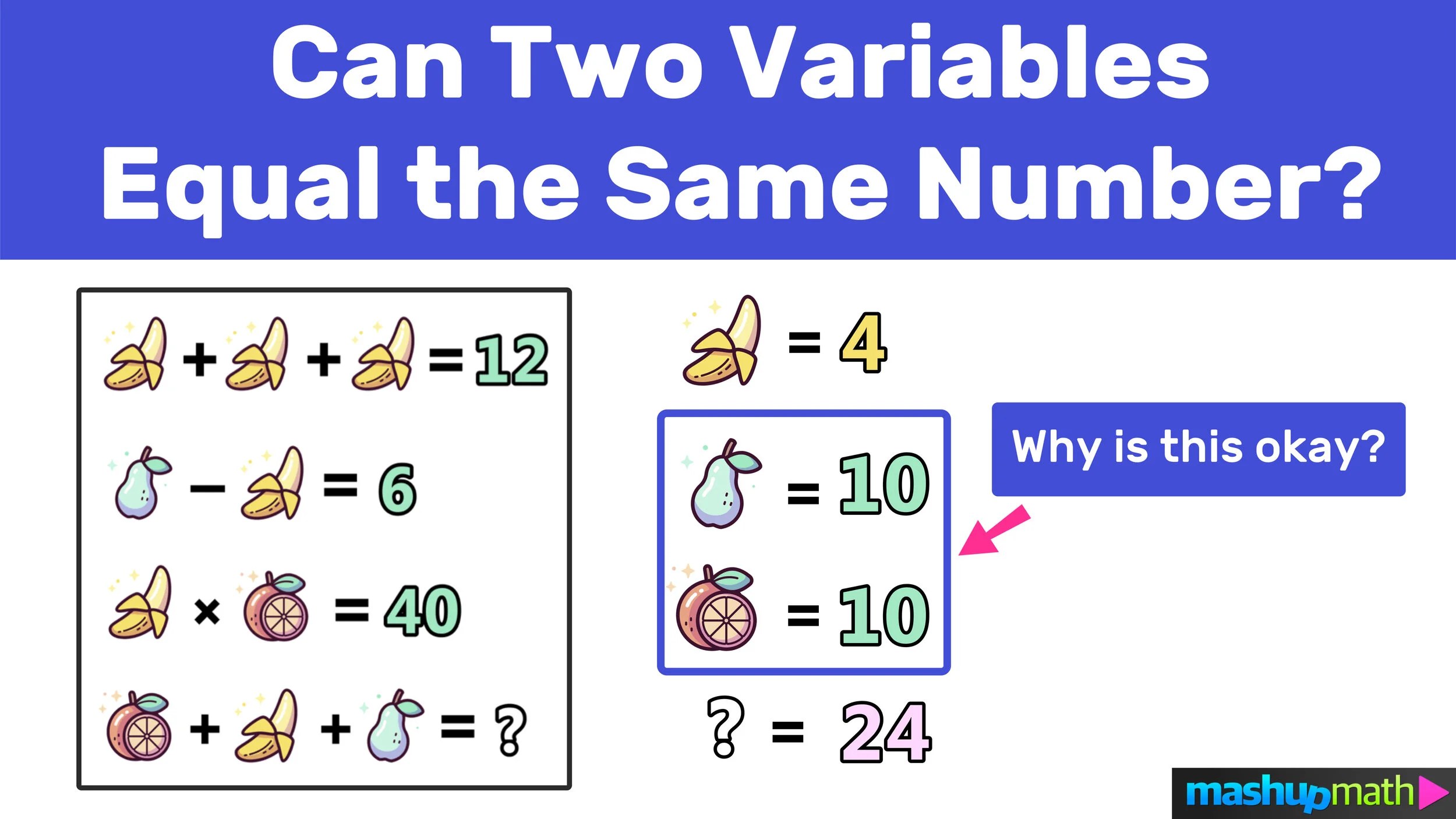10 Fun (and Free) Math Riddles for Adults
A Post By: Anthony Persico
Who says that having fun solving math problems and puzzles is only for children?
There are over one hundred thousand web searches for math riddles for adults every month, according to Google. If you are one of these individuals searching for fun, engaging, and sometimes brain-bending math riddles and brain teasers made specifically for adults, then grab a pen and paper and get ready for a challenge!
Image: Mashup Math FP
Working on math riddles as an adult is a great way to keep your mathematical reasoning and problem-solving skills sharp while having a lot of fun at the same time. Today’s post shares 10 super fun math riddles for ages 18+ that were created to challenge the adult mind and they are appropriate for individuals ages 16 and up.
Each math riddle is a unique opportunity to apply your problem-solving skills, mathematical thinking, arithmetic, reasoning, and logic. It is recommended that have a pen, paper, and a calculator on-hand when attempting to solve any of these riddles, as drawing a diagram and working out the math by hand can be extremely helpful.
Helpful Advice Before You Begin…
Before you start working on solving all 10 riddles, here are a few helpful hints for overcoming the inevitable moments when you get stuck and/or are considering giving up on trying to solve the problem:
Read each math riddle carefully and think about the problem for a while before doing anything.
Utilize strategies such as visualizing, drawing diagrams, and trial-and-error when you don’t know where to start.
Don’t get discouraged! When you are struggling and making mistakes, you are in the process of learning. This is called having a growth mindset!
Whenever you find a solution, ask yourself “does my answer make sense?”
If you are stuck on a problem, take a short break, and do something else like taking a short walk. You’ll be surprised by how the problem will become more manageable when you return.
Practice Problem: Captain Anne’s Coins
In case you are feeling a bit rusty and need a quick refresher on how to go about solving math riddles, below is a bonus practice problem that is worked out step-by-step. You can choose to skip this practice problem if you would like.
Image: Mashup Math MJ
Here is the problem:
Captain Anne has a chest full of coins.
When she arranges the coins in groups of two, there is one single coin left over. When she arranges the coins in groups of three, five, or six, there is also just one single coin left over. But when she arranges the coins in groups of seven, there are no coins left over.
What is the fewest amount of coins she could have?
How to solve:
This is a very challenging problem to solve mentally, so using a pen and paper will be a big help (if you are a hands-on learner, you can use real coins to support your thinking and model how to solve this riddle).
In this case, let’s go ahead and create a chart that models all of the possible scenarios, starting with the fact that when she arranges the coins in groups of two, there is one single coin left over. Let’s assume that this is the only true statement that we know, then we could conclude that her total number of coins must be one more than a number that is divisible by two. The possibilities would include:
Possible Coin Totals for Groups of 2: 3, 5, 7, 9, 11, 13, 15, 17, …
You can then go ahead and repeat this process for the statement when she arranges the coins in groups of three, five, or six, there is also just one single coin left over.
Possible Coin Totals for Groups of 3: 4, 7, 10, 13, 16, 19,…
Possible Coin Totals for Groups of 5: 6, 11, 16, 21, 26, 31,…
Possible Coin Totals for Groups of 6: 7, 13, 19, 25, 31, 37,…
Finally, make a list of possibilities for the last statement: but when she arranges the coins in groups of seven, there are no coins left over.
Possible Coin Totals for Groups of 7: 7, 14, 21, 28, 35, 42,…
Now that you have a list of coin total possibilities for each statement, you have to the identify the lowest number that is present on every list. A coin total of 7 is a solid contender because it shows up on almost every list…except for the groups of 5, so the answer must be a different number.
At this point, you’ll notice that there isn’t a number that appears on every list, so you’ll have to start extending them as follows until you find the answer:
Notice that the smallest number that appears on every list is 91.
Final Answer: The fewest number of coins that Captain Anne could have is 91.
Now that you have an idea of how to solve these kinds of math brain teasers, you can try to solve them all! There is a complete answer key at the bottom of this post!
10 Fun Math Riddles for Adults
Each of the following math riddles includes an image graphic. Click on any image graphic to enlarge. A complete answer key is included at the bottom of the post.
1.) Math Riddle One of Ten: How Many Handshakes?
If there are 20 people in a room and they each shake each other’s hand once and only once, how many handshakes were there all together?
Image: Mashup Math MJ
2.) Math Riddle Two of Ten: The Fruit Factor
Each of the fruits in the diagrams below are equal to one of the following whole numbers: 1, 2, 3, or 5. Find the value of each fruit so that both of the equations would be true.
Image: Mashup Math
3.) Math Riddle Three of Ten: Water Jug Dilemma
You are given an 8-gallon jug filled with water, and also two empty jugs: one that holds 5 gallons and another that holds 3 gallons. Using these three jugs, how can you measure exactly 4 gallons of water?
(This riddle was famously presented to (and successfully solved by) Bruce Willis and Samuel L. Jackson’s characters in Die Hard with a Vengeance.)
Image: Mashup Math MJ
4.) Math Riddle Four of Ten: The Combo Platter
Oliver orders the combo platter for lunch every Wednesday.
One day, he noticed that the amount he paid for his sushi platter was a rearrangement of the digits of the amount of money he had in his pocket.
He also noticed that the money he had left-over after paying was also a rearrangement of the same three digits.
How much money did Oliver start with?
Image: Mashup Math MJ
5.) Math Riddle Five of Ten: Amazing Eights
If you had to write down all of the whole numbers between 1 and 100, how many times would you have to write the number 8?
Image: Mashup Math Flaticon
Are you looking for more super fun Math Riddles, Puzzles, and Brain Teasers?
The best-selling workbook 101 Math Riddles, Puzzles, and Brain Teasers for Ages 10+! is now available as a PDF download. You can get yours today by clicking here.
6.) Math Riddle Six of Ten: Missing Cards
A few playing cards are missing from a standard 52-card deck. Three cards remain when you deal the entire deck to four people. And two cards remain when you deal the entire deck to three people OR if you deal the entire deck to five people. How many cards are missing from the deck?
Image: Mashup Math FP
7.) Math Riddle Seven of Ten: Movin’ Matchsticks
How can you make the equation below true by moving only ONE matchstick?
(*Bonus points if you can find three possible solutions!)
Check out this video tutorial on how to solve the famous matchstick problem.
Image: Mashup Math
8.) Math Riddle Eight of Ten: Extra Eggs
Jenny has ten chickens that lay eggs every day. She wants to give away her extra eggs to her neighbors, but she wants to give each neighbor an equal number of eggs. She figures out that she needs to give 7 of her neighbors eggs for them to get the same amount, otherwise there is one egg left over.
What is the smallest number of eggs she needs for this situation to be true?
Image: Mashup Math MJ
9.) Math Riddle Nine of Ten: The Fruit Man
Mr. Baccigalupi sells and delivers crates of fruit from his grocery store to the people in his neighborhood. He can either put 8 large pieces of fruit or 10 small pieces of fruit into a crate. In one shipment, he sent a total of 96 pieces of fruit. If the number of large pieces of fruit is greater than the number of small pieces of fruit, how many crates of fruit did he deliver?
Image: Mashup Mat MJ
10.) Math Riddle Ten of Ten: The Juiced Baseball
You have 7 baseballs that all weigh the same except for one, which is lighter than the others. Using a balance scale, how can you figure out which baseball is the lighter one if you only get two chances to weigh them?
Image: Mashup Math MJ
11.) Bonus Math Riddle! : My Three Daughters
A saleswoman knocks on an apartment door and a man answers. They have the following conversation:
Saleswoman: Hello sir, how many children do you have and what are their ages?
Image: Mashup Math MJ
Man: I have three daughters and I will give you a hint to help you figure out how old they are: if you multiply my 3 daughters’ ages, you will get 36.
Saleswoman: That is not enough information!
Man: Well, if you add up my daughters’ ages, the sum is the number of my next-door neighbor’s apartment.
Saleswoman (after looking at the number on the front door of the next apartment): That is still not enough information!
Man: The last hint that I will give you is that my oldest daughter has green eyes.
What are the ages of the man’s three daughters?
ANSWER KEY:
190 handshakes (19+18+17+16+...+3+2+1=190)
Melon=5, Apple=2, Grapes=3, Lemon=1
Start by completely filling up the 5-gallon jug with water. Next,
pour water from the 5-gallon jug into the 3-gallon jug until it is completely full (leaving 2 gallons in the 5-gallon jug). Then, pour all of the water from the 3-gallon jug back into the 8-gallon jug. Next,
pour the two gallons of water in the 5-gallon jug into the 3-gallon jug,
which would leave it with exactly one gallon of available space. Then,
completely fill the 5-gallon jug a second time. Finally, pour water
from the 5-gallon jug into the 3-gallon jug until it is completely full
(thus filling up the one gallon of available space in the 3-gallon jug),
which leaves you with exactly four gallons of water in the 5-gallon
jug! (Here is a video explanation that you may find helpful.)
Oliver started with $9.54. The value of the money can be written using three digits, so it has to be between $1.01 and $9.99. There is only one set of numbers that works:$4.59 + $4.59 = $9.54
20 Times
5 cards are missing
8-4=4, 5+4=9, 0+4=4 (Here is a great video explanation)
The number of eggs must be one more than a number that is divisible by 2, 3, 4, 5, and 6 since each of these numbers leaves a remainder of 1. Therefore, the total is 301 eggs.
11 Crates Total:
7 filled with large fruit (7 x 8 = 56 pieces of fruit)
4 filled with small fruit (4 x 10 = 40 pieces of fruit) So there are 11 total crates and 96 pieces of fruit.Start by putting three baseballs on each side. If the scales are even, then the baseball ball that was excluded is the lighter one. But if they aren’t even, one side will weigh down while the other side rises up (this is the lighter side). In this case, one of the three baseballs on the lighter side is the light baseball. You can then take these three baseballs and put one on each side of the scale. If the sides are even, then the excluded baseball is the lighter one. And if they aren’t even, then the one that is lighter is the baseball that you are looking for.
11. (BONUS!) 2, 2, and 9 - Start by finding all of the groups of three numbers that multiply to 36 and write down their sums:
Since 13 is the only sum that repeats and because the salesman says that knowing the apartment number is not enough information, you can narrow it down to two trios: (6 6 1) and (2 2 9). And since the man says that his oldest daughter has green eyes, you know that he only one oldest daughter, so you can rule out (6 6 1).
Do YOU Want More Fun Math Riddles, Puzzles, and Brain Teasers?
Did I miss your favorite math riddles or brain teasers? Share your thoughts, questions, and suggestions in the comments section below!
(Never miss a Mashup Math blog--click here to get our weekly newsletter!)
By Anthony Persico
Anthony is the content crafter and head educator for YouTube's MashUp Math and an advisor to Amazon Education's 'With Math I Can' Campaign. You can often find me happily developing animated math lessons to share on my YouTube channel . Or spending way too much time at the gym or playing on my phone.





